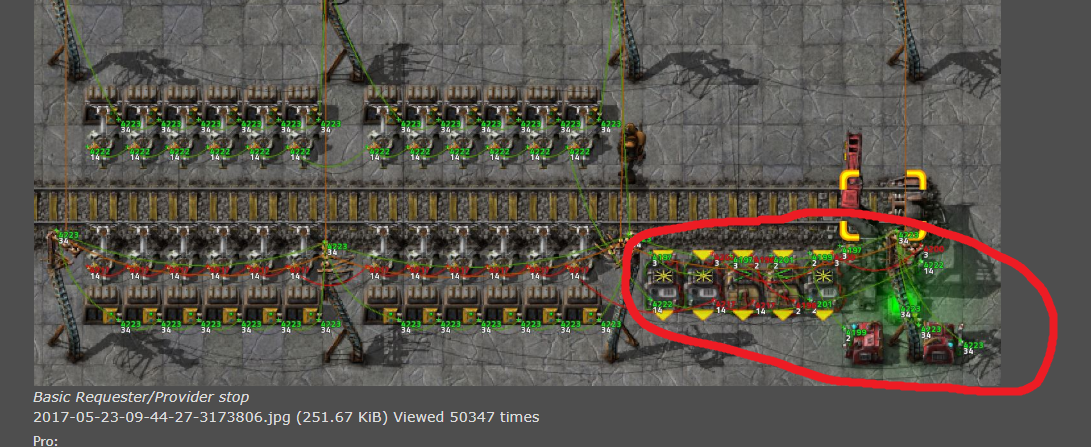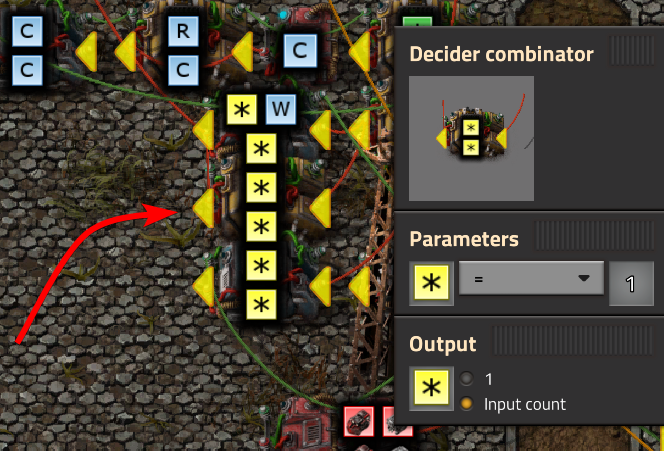While adding the any vehicle type signals the naming schema for the auto generated position signals annoyed me, it used to be "LTN-<vehicle_name>" while all other signals are "ltn-<descriptive_name>".slippycheeze wrote: ↑Wed Aug 14, 2019 8:51 pm Heh. The previous signals still remain, though, so it hasn't actually broken anything past.
So with 1.10.13 that naming schema was changed to "ltn-position-<vehicle_name>".
Sadly migration scripts don't support regex for migrating auto generated signals.
The only signals still working after upgrading to 1.10.13 are for base vehicles where I knew the exact names and could write a migration script.
All position signals for modded rolling stock vanish and have to be set again, including in blueprints.







 half of that combitanors use overflow shenanigans that impossible to understand if you don't know exactly why you do this and how it works. i want simple answer for my simple question - i don't need solutions how to make "provider+requester" station in "right" way.
half of that combitanors use overflow shenanigans that impossible to understand if you don't know exactly why you do this and how it works. i want simple answer for my simple question - i don't need solutions how to make "provider+requester" station in "right" way.

